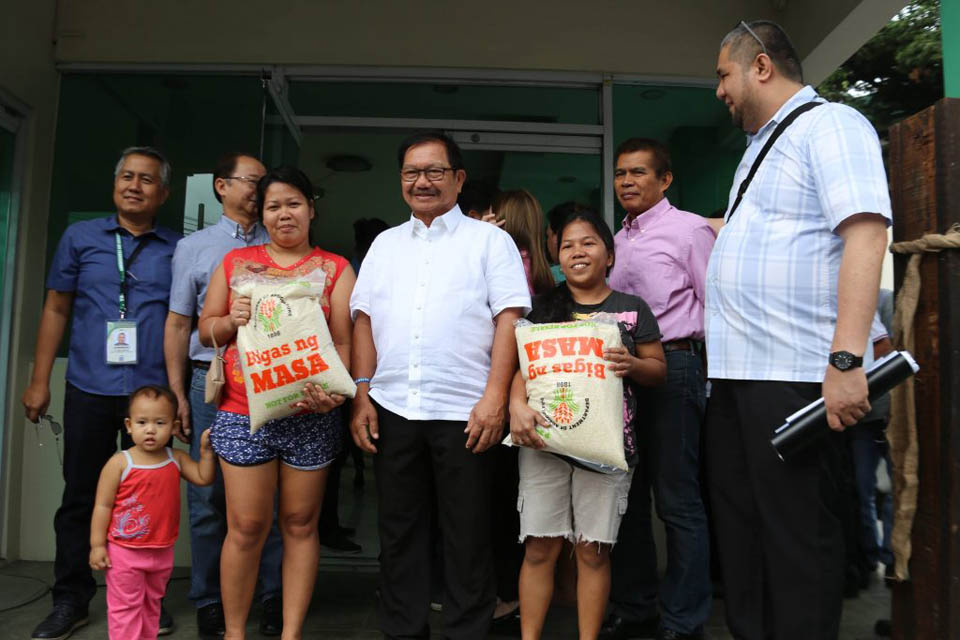
The Department of Agriculture (DA), Philippine Rice Research Institute (PhilRice), and International Rice Research Institute (IRRI) agreed that there is enough buffer stock of rice good to supply the rice requirement of the country for about 96 days. This was announced by Agriculture Secretary Emmanuel F. Piñol during a press briefing on February 14, 2018.
According to the Secretary, following a mathematical computation, which determines rice sufficiency, the supply of palay is already above and beyond the national requirement
In a report released by the Philippine Statistics Authority on January 2018, palay yield in 2017 reached 19.28 million metric tons (MMT), increasing by about 1.63 MMT compared to the 2016 production.
“This was highest production in the history of the rice industry,” Piñol said.
Piñol attributed the increase in production to good weather conditions, use of high yielding variety seeds, and sufficient water supply.
Despite loss reaching to about 103,000 MT because of calamities, the agri chief announced that the country is already 96% rice sufficient.
“Technically we are sufficient, however, we are not yet declaring rice sufficiency because of other factors to be considered. As such, part of the 19.28 will be allocated for seeds, part of it will be loss in the processing or what we call wastage, and there is a standing set-up that the buffer stock cannot be computed as part of the sufficiency rate,” Piñol said.
“Our rice sufficiency target is still set at 2020, and even if we achieve sufficiency level, we might not be able to sustain it unless we continue to improve the rice productivity,” he added.
Piñol also expressed his frustration over the price increase on the country’s major staple despite the high production record last year.
“There are groups that are exploiting the issue on buffer stock to create a false atmosphere over shortage of rice,” he said.
“Unless we correct this long-time dilemma of middlemen and traders controlling the price from the food supply chain and farm to the market, the consumers will never be able to feel the change with the degree of rice production and the commitment of the president to available and affordable food will not be complete,” Piñol said. ### (Kristel Merle, DA-AFID)













